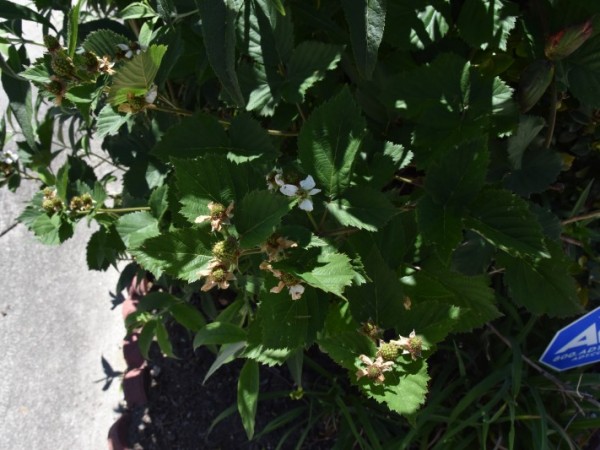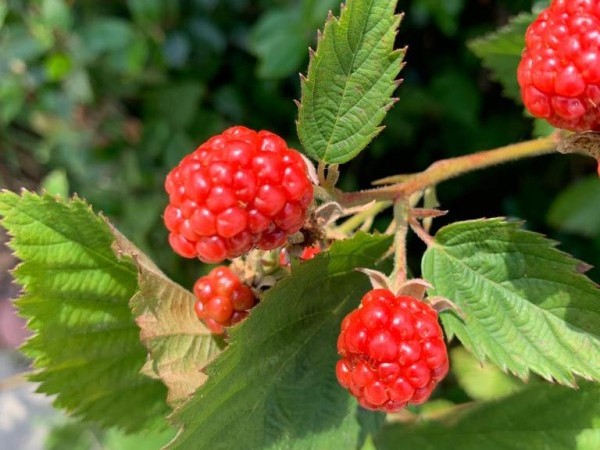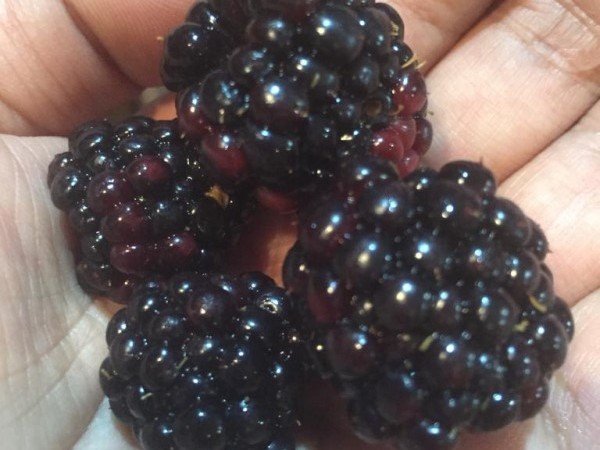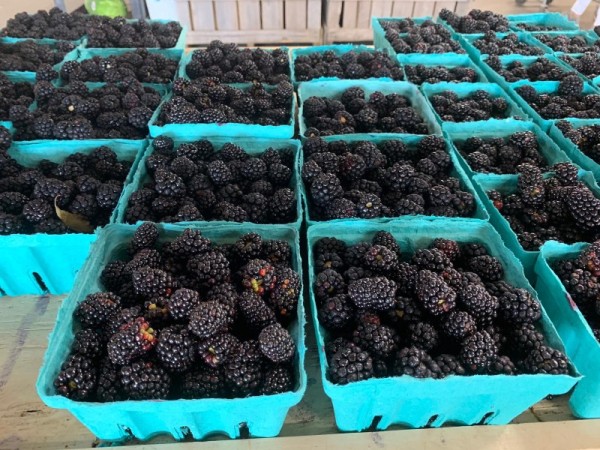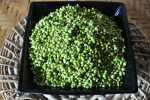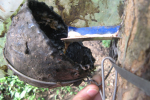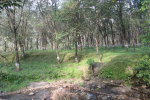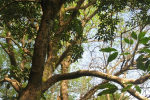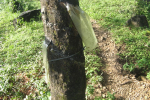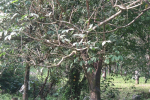When Greek Yogurt is part of a breakfast buffet, you inevitably look for fruits to go with it. If they are serving fresh Blackberries, then you sure are lucky.
Botanical name of Blackberry is Rubus and belongs to Rosaceae (Rose) family. Blackberries grow wild throughout most of Europe. Enid Blyton vividly explained how the children in Five find-outers or the Famous Five or the Secret Seven plucked and relished the wild Blackberries.
Blackberry has been consumed since thousands of years and there are many species of blackberry plants that grows around the world.
The blackberry plant is either a bramble (trailing), which requires a support to grow or the hybrid semi-erect plants. The velvety stems have straight or slightly curved prickles on angles. Cultivars without the prickles are also grown. The leaves are green, compound with 5 leaflets. The upper surface is smooth but the underside is dense whitish with toothed margins.
The flowers are produced in late spring and early summer on short racemes on the tips of the flowering laterals. The flowers are 2–3 cm in diameter with five white or pale pink petals.
The edible fruit is an aggregate fruit, composed of small drupelets. Blackberry fruits are red before they are ripe, leading to an old expression that “blackberries are red when they’re green”. They turn black as they ripen. Tiny seed in each of the fruit adds a pleasant crunch while eating.
The difference between blackberry and Raspberry is that the stem of the fruit known as the ‘torus’ remains in the blackberry after plucking, whereas the Raspberry’s ‘torus’ stays on the plant leaving a hollow in the fruit.
All parts of the blackberry plant have been used for medicinal purposes. The fruit is rich in vitamin C, fiber, vitamin K, omega-3 (alpha-linolenic acid) and omega-6 (linoleic acid) fats as well as protein, dietary fiber, carotenoids, ellagitannins, and ellagic acid.
The fruit, leaves, and stems have been used to dye fabrics and hair. The stems are used to make ropes. Because of the presence of the prickles, the plant is used as a fence.
Caterpillars and deer graze on this plant.

